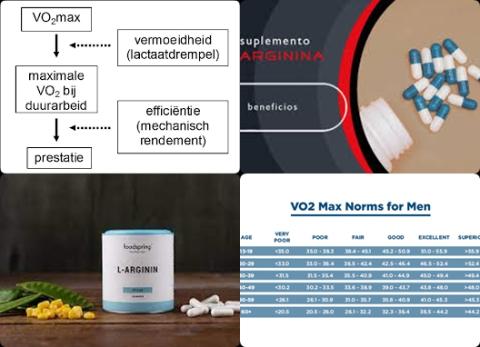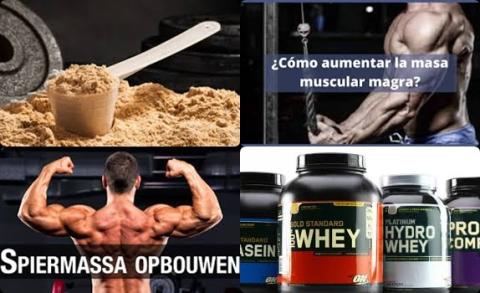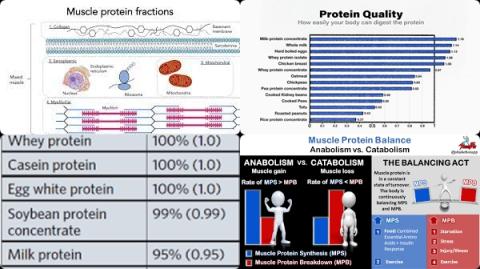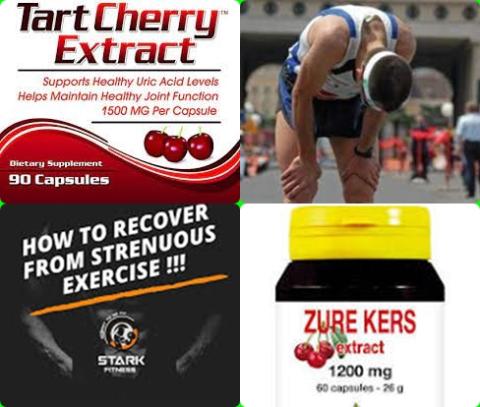Chair-based exercise programmes improve upper extremity and lower extremity function in older adults
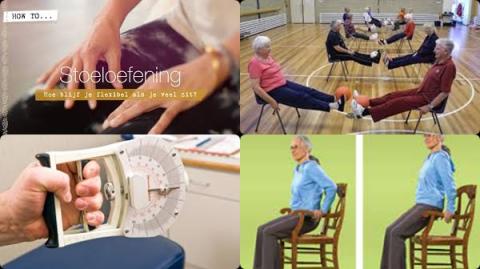
Objectives:
Do chair-based exercise programmes improve upper extremity and lower extremity function in older adults?
Study design:
This review article included 25 studies with a total of 1,388 participants.
19 studies were randomised controlled trials (RCTs).
The chair exercises included chair-based yoga, seated tai chi and rocking chair. The interventions lasted between 2 and 72 weeks, with the most common duration being 12 weeks, delivering 2 to 14 sessions per week. Sessions lasted between 15 and 110 minutes.
There was considerably heterogeneity in the age range of participants included.
The mean age of participants in studies ranges from 55 to 88 years.
17 studies had a low risk of bias and 5 had a high risk of bias.
Results and conclusions:
The investigators found that chair-based exercise programmes significantly improved upper extremity [handgrip strength: MD = 2.10, 95% CI = 0.76 to 3.43, I2 = 42% and 30 s arm curl test: MD = 2.82, 95% CI = 1.34 to 4.31, I2 = 71%] and lower extremity function [30 s chair stand: MD = 2.25, 95% CI = 0.64 to 3.86, I2 = 62%].
The investigators found no significant differences in the Berg balance scale, timed up and go test or gait speed between the intervention and control groups. Similarly, no significant differences were observed for self-reported activities of daily living or for falls efficacy, which were analyzed using standardised mean difference between the intervention and control groups as there were different instruments used to measure each outcome.
The investigators concluded that chair-based exercise programmes improve upper extremity (handgrip strength and 30 s arm curl test) and lower extremity (30 s chair stand) function in older adults. These changes are observed in short (12 weeks) and medium term (12 weeks to 6 months) interventions.
Original title:
The Effect of Chair-Based Exercise on Physical Function in Older Adults: A Systematic Review and Meta-Analysis by Klempel N, Blackburn NE, […], Tully MA.
Link:
https://www.ncbi.nlm.nih.gov/pmc/articles/PMC7920319/
Additional information of El Mondo:
Find more information/studies on elderly and sport nutrition right here.
Upper extremity is part of the body that includes the arm, wrist and hand.
Lower extremity refers to the part of the body from the hip to the toes.
